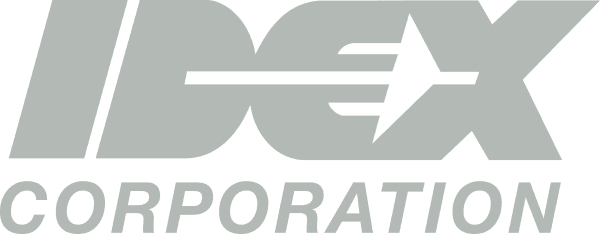
“It’s transformational. When we started with Strategex, we were barely growing. After 80/20, we grew 2 points above our market — I don’t think we’d have taken the same path if we hadn’t embraced the work.”
The experts of Strategex’s 80/20 consulting practice developed the Strategex Key Ratio™. The Strategex Key Ratio serves as a benchmarking tool, a measure of continuous improvement, and a prescription for what actions to take for improvement. The Strategex Key Ratio has helped our clients understand their business better and make marked improvements in their top and bottom-line performance.

For over 25 years, Strategex has helped hundreds of clients achieve measurable profit improvement and growth. We provide custom solutions along with the tools and training to implement them immediately. We don’t stop at analysis; we fix issues and teach our clients how to implement new strategies based on 80/20 and customer experience principles.
When we talk to clients, they are always focused on the Key Performance Indicators (KPIs) they are tracking but we find that usually, they are tracking too many, and more importantly, they don’t know what to do with the information they are tracking. As we’ve worked with many clients, we developed a new KPI that not only tells you where you stand but also what to do to improve your business. It also involves the asset that matters most: leveraging your human capital.
The experts of Strategex’s 80/20 consulting practice developed the Strategex Key Ratio. The Strategex Key Ratio™ serves as a benchmarking tool, a measure of continuous improvement, and a prescription for what actions to take for improvement. The Strategex Key Ratio™ has helped our clients understand their business better and make marked improvements in their top and bottom-line performance.
Does it work? A recent client who implemented the Strategex Key Ratio™ combined with 80/20 increased their EBITDA by 6% and quadrupled their stock price. And this is just one of hundreds of success stories in the Fortune 500 space.
Traditional measurements, such as Revenue Per Employee, weren’t predictive enough. There was no set number that told how the company was performing on the bottom line. Further, not all revenue is created equally and not all employees are paid equally. We had to come up with better measures.
Instead of Revenue in the numerator, we found that Material Margin was a far superior number to use.
Material Margin is revenue minus the price paid for raw materials. Basically, this is what a business has left to spend converting materials into product, paying for all other costs and, hopefully, convert some to profits. This is the Value Add a company has to run its business on.
In the denominator, we have found that the number of employees is relatively unimportant. What is important is how much we pay our employees. Therefore, we use Total Employee Costs in the denominator. The Total Employee Costs includes all costs associated with people, including Salary, Benefits, Travel and Entertainment, Workers Comp, Payroll Taxes, Consultants and Temps, etc.
The resulting equation is:

At any point in time, the Strategex Key Ratio™ can take your temperature and tell you how you’re doing. The lower the number, the less profitable. The higher the number, the better your company is doing. See a directional “thermometer” below:
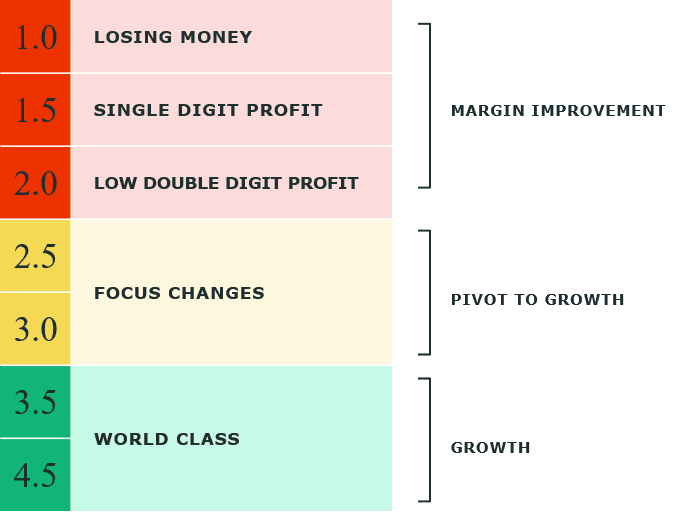
The Strategex Key Ratio™ also tells an organization where to spend most of their time and efforts. If you have a low Key Ratio, focus on Margin Improvement (usually cost take out). The higher the Key Ratio, the more time should be spent on revenue growth.
A single data point tells us a lot, but it doesn’t tell the whole story. Our clients review the previous 16 quarters and develop a trendline. Often, we see a trendline that is trending downward. The data here is telling the company it is getting worse, and we must act fast to reverse the trend. 80/20 is the perfect strategy for improving the Key Ratio and the trendline.
If the trendline is flat, the speed of action is dependent on the Key Ratio number, but we still must act. We aren’t getting any better over time and leveraging our most important resources…our people.
If the trendline is on an upward trend, just keep doing what you’re doing. Just make sure the Key Ratio is 2 or better and that the company is growing revenues beyond the rate of the market as well.
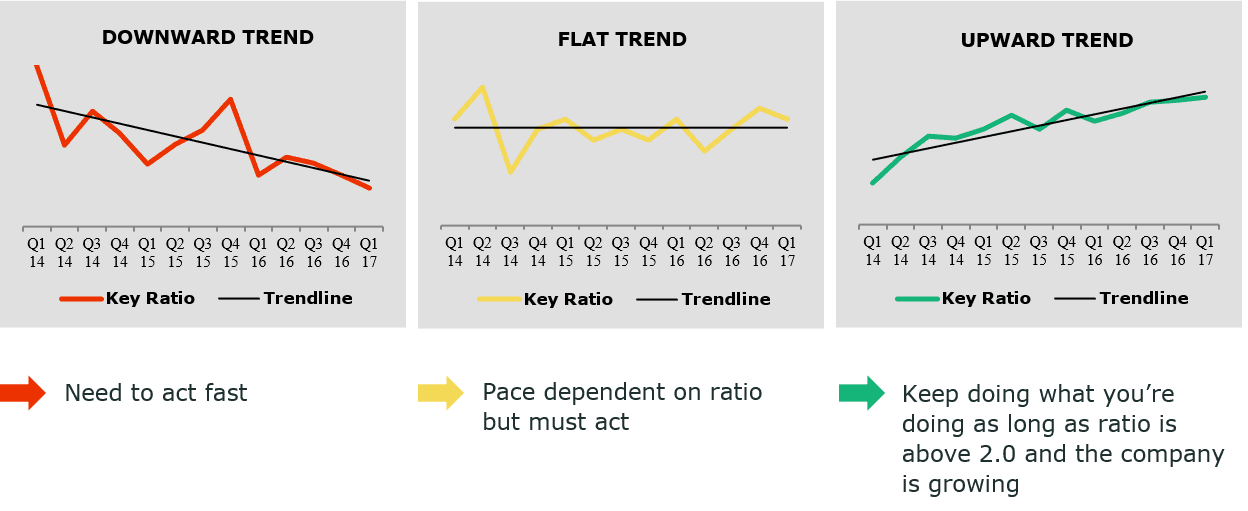
Now that you’re familiar with the Strategex Key Ratio™, get the data you need to calculate your business’s ratio for the past 16 quarters (4 years). Then answer these questions:
The Strategex Key Ratio™ not only diagnoses, it tells you what to do and how fast to do it. It has become a metric that our clients use to drive decisions. Strategex has used the Key Ratio in conjunction with our other services to guide our clients to unprecedented levels of profitability and growth.
To learn more about how Strategex can help your organization, schedule a call or introductory meeting today.
David Philippi is Strategex's CEO.
 Message David
Message DavidThe information in this article is an introduction to 80/20. We encourage you to run your data, but please don't try to implement 80/20 alone. Trust us. It takes a couple of decades to become an 80/20 master. Top 80/20 CEOs turn to us for support for a reason. We're here to help whenever you're ready to make a transformation that yields explosive results.
Our guidance. Your growth.
 Schedule a Zoom
Schedule a Zoom
“It’s transformational. When we started with Strategex, we were barely growing. After 80/20, we grew 2 points above our market — I don’t think we’d have taken the same path if we hadn’t embraced the work.”
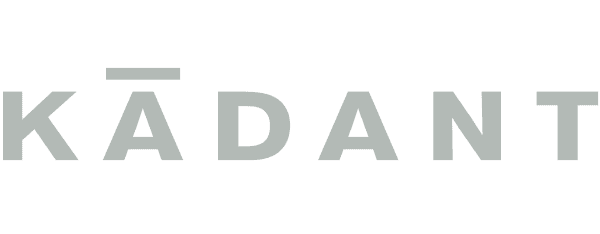
“When Strategex presented their first data analysis, it was eye-opening. At the end, we saw quantifiable improvements and have a more engaged organization.”
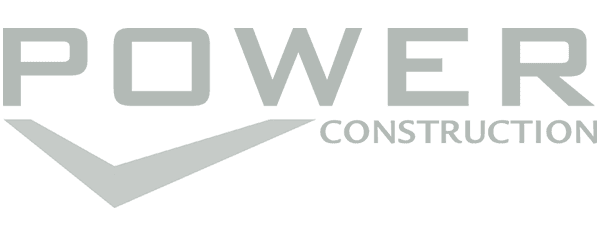
“We’re consultant adverse and Strategex didn’t feel like a consultant. It felt like you were in the cockpit with us instead of someone on the outside.”
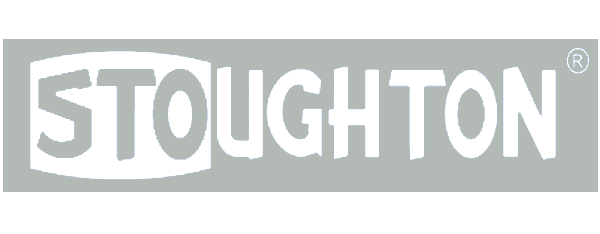
“Strategex’s work was eye-opening. It showed us that we really had our work cut out for us. We used the reports to work with our teams to improve.”

“We evaluated the targeted customers from the Strategex project, and in the past 12-month period, their performance and the orders they placed paid for the project itself.”


Transform Business. Gain Focus. The Tool That Reveals Everything.

Transform Business. Gain Focus. The Tool That Reveals Everything.
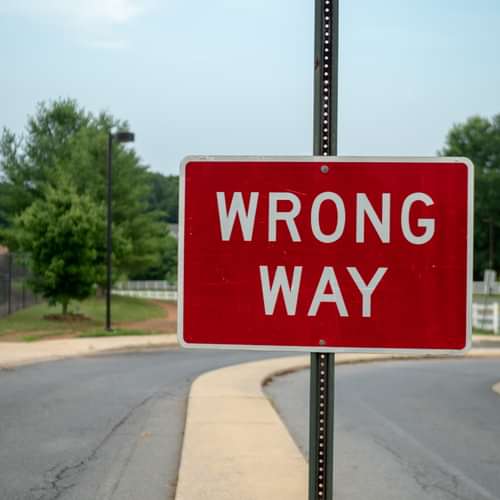
NPS: Stop Doing It Wrong

NPS: Stop Doing It Wrong

WATCH NOW: The 80/20 Magic Formula, A Webinar

WATCH NOW: The 80/20 Magic Formula, A Webinar
Contact us to see how we can help your business today.
Never miss a beat. Get our latest insights in your inbox.